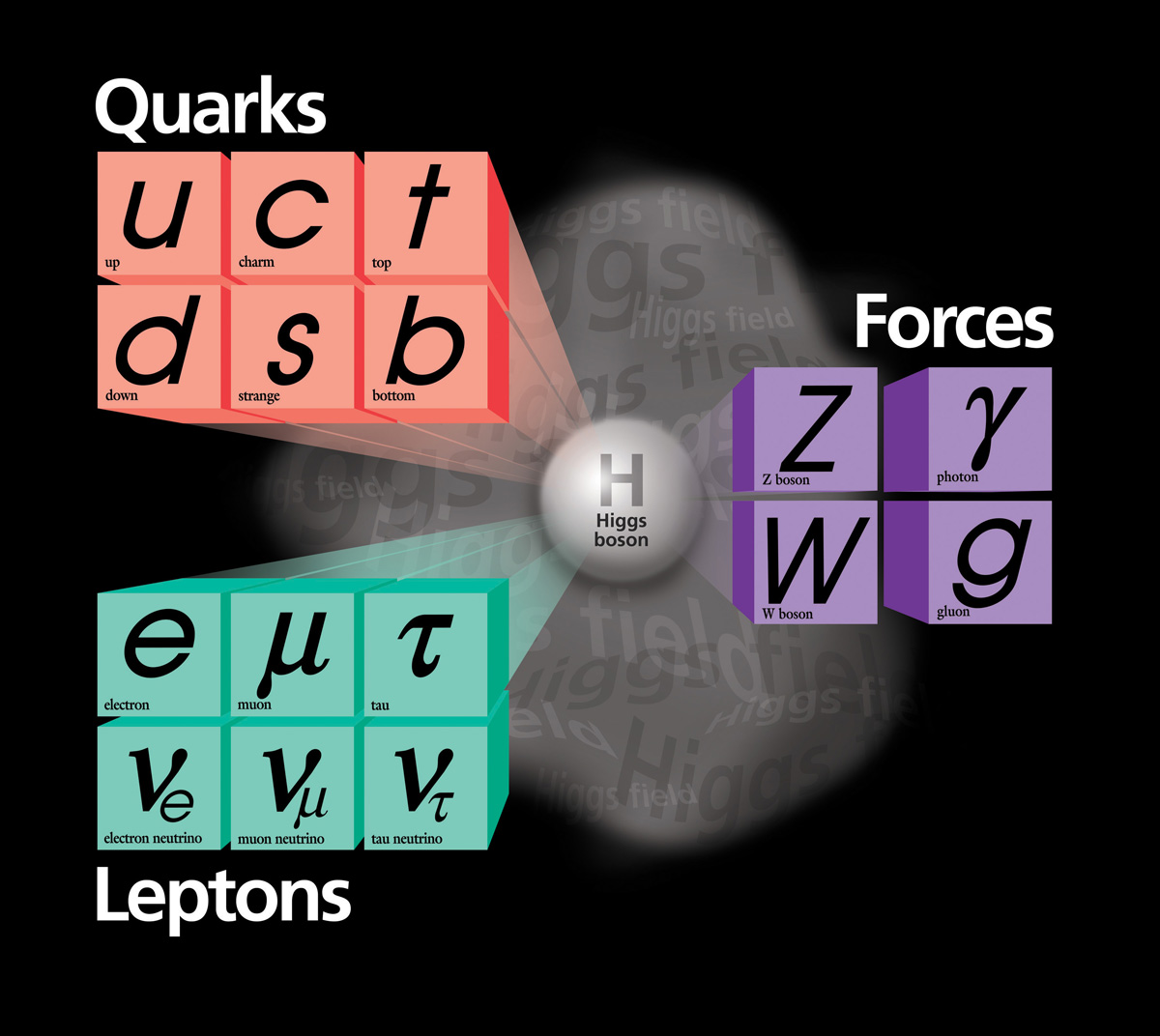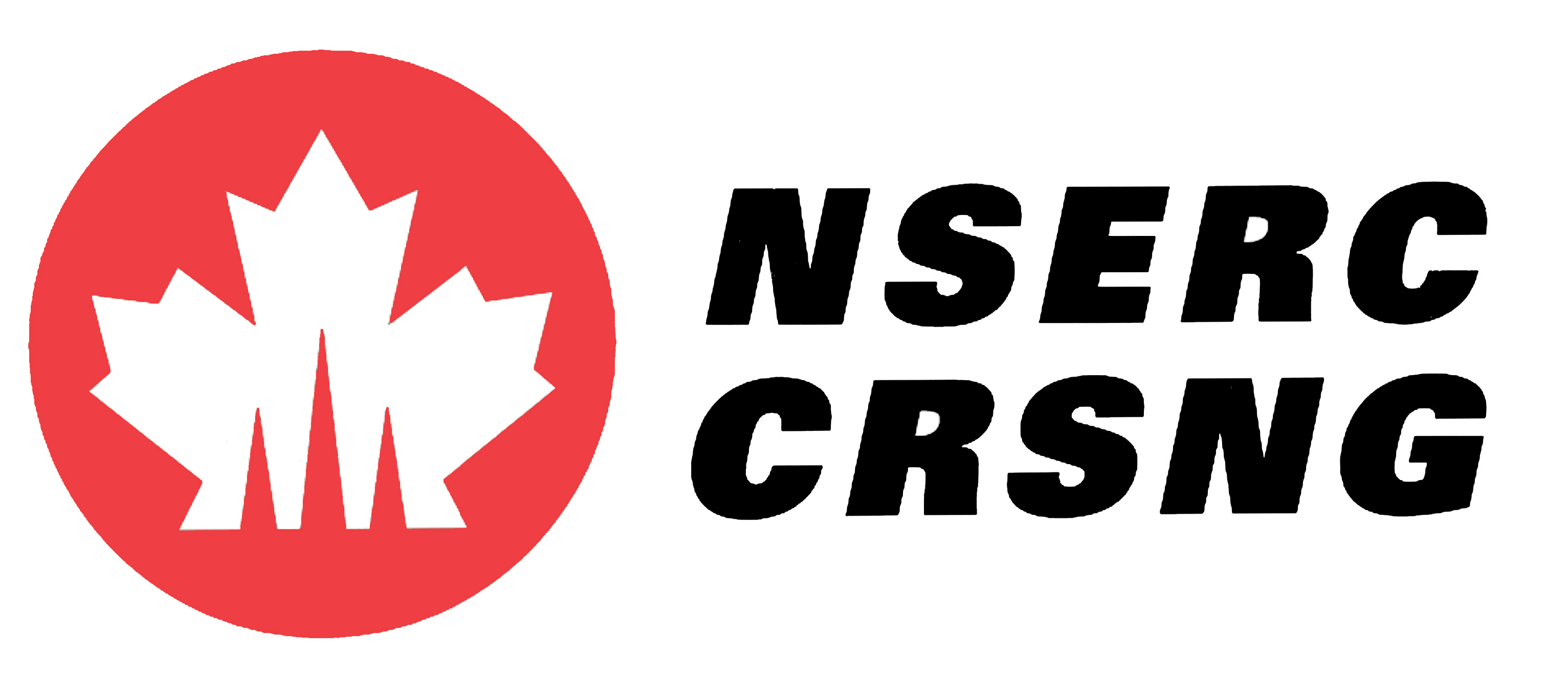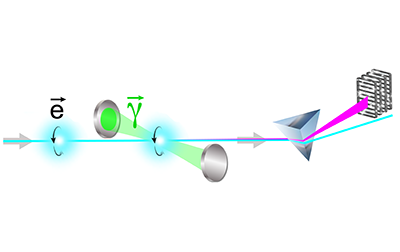
We made a particle detector out of diamond, the first application of a detector of this kind in a particle physics experiment.
The results were published in Phys. Rev.'s new online open-access journal Physical Review X.
Read Luke Rempel's excellent story in the Uniter: Diamond Development. A feature part of the article is an interview with former UW student Doug Storey.
Read the University of Winnipeg's media release here: Diamonds are a Physicist's Best Friend.
Detectors Made of Diamonds
We made a particle detector out of diamond, the first application of a detector of this kind in a particle physics experiment. Read about it in Phys. Rev. X.
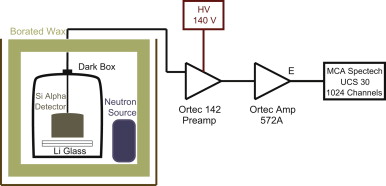
Lithium-6 is a stable isotope of lithium that captures neutrons, splitting apart into an alpha and a triton. If you put regular scintillating glass on top of glass containing Li-6, it makes a very efficient ultracold neutron detector. The trouble is, once they're bonded together, can you tell which side contains the Li-6? Blair Jamieson and Lori Rebenitsch figured out a way that doesn't require an ultracold neutron source!
They used a neutron-emitting radioactive source, and placed a silicon detector very close to the surface of the glass. If the glass emitted alpha particles or tritons, the silicon detector would be able to detect them thereby indicating that the Li-6 side was "up". This offered a useful cross-check that the correct side of the glass would be seen by the ultracold neutrons, once the glass is glued to a light-sensitive detector in the real experiment.
Read the article in Nuclear Instrumentation in Physics Research A
Lithium-6 or not?
Lithium-6 captures neutrons, splitting apart into an alpha and a triton. If you put regular scintillating glass on top of glass containing Li-6, it makes a very efficient ultracold neutron detector. The trouble is, once they're bonded together, can you tell which side contains the Li-6? Blair Jamieson and Lori Rebenitsch figured out a way that doesn't require an ultracold neutron source!
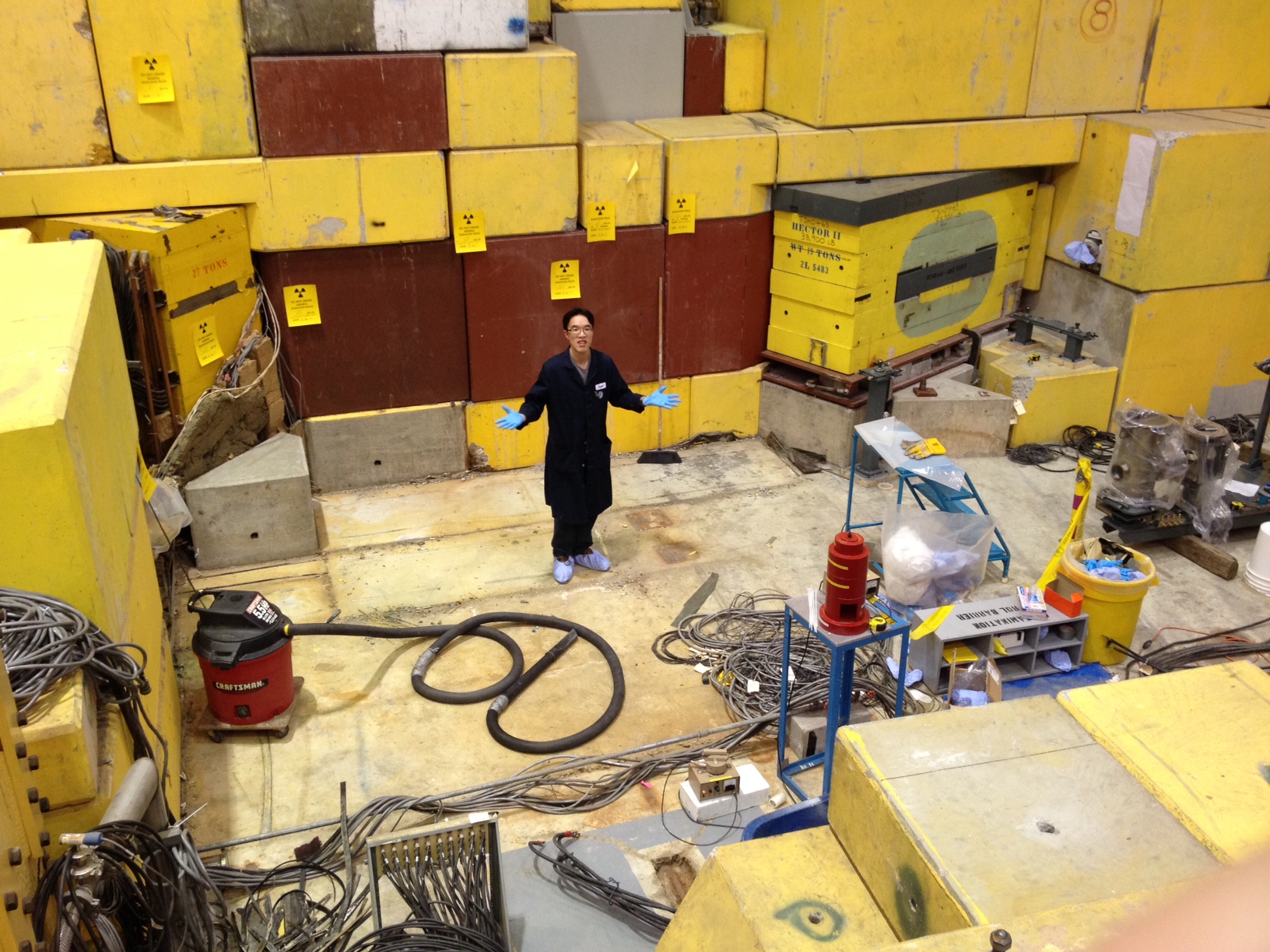
Excavators at TRIUMF today uncovered a new archaeological discovery: the future home of our ultracold neutron source! Picture: Jason Chak demonstrates the size and location of the apparatus.
The ultracold neutron source will be buried in steel and concrete shielding once complete. TRIUMF is now preparing to lay the foundations of the shielding pyramid, so this is the last time this floor space will be seen for a long time.
Archaelogical Discovery at TRIUMF
Excavators at TRIUMF today uncovered a new archaeological discovery: the future home of our ultracold neutron source! Picture: Jason Chak demonstrates the size and location of the apparatus.
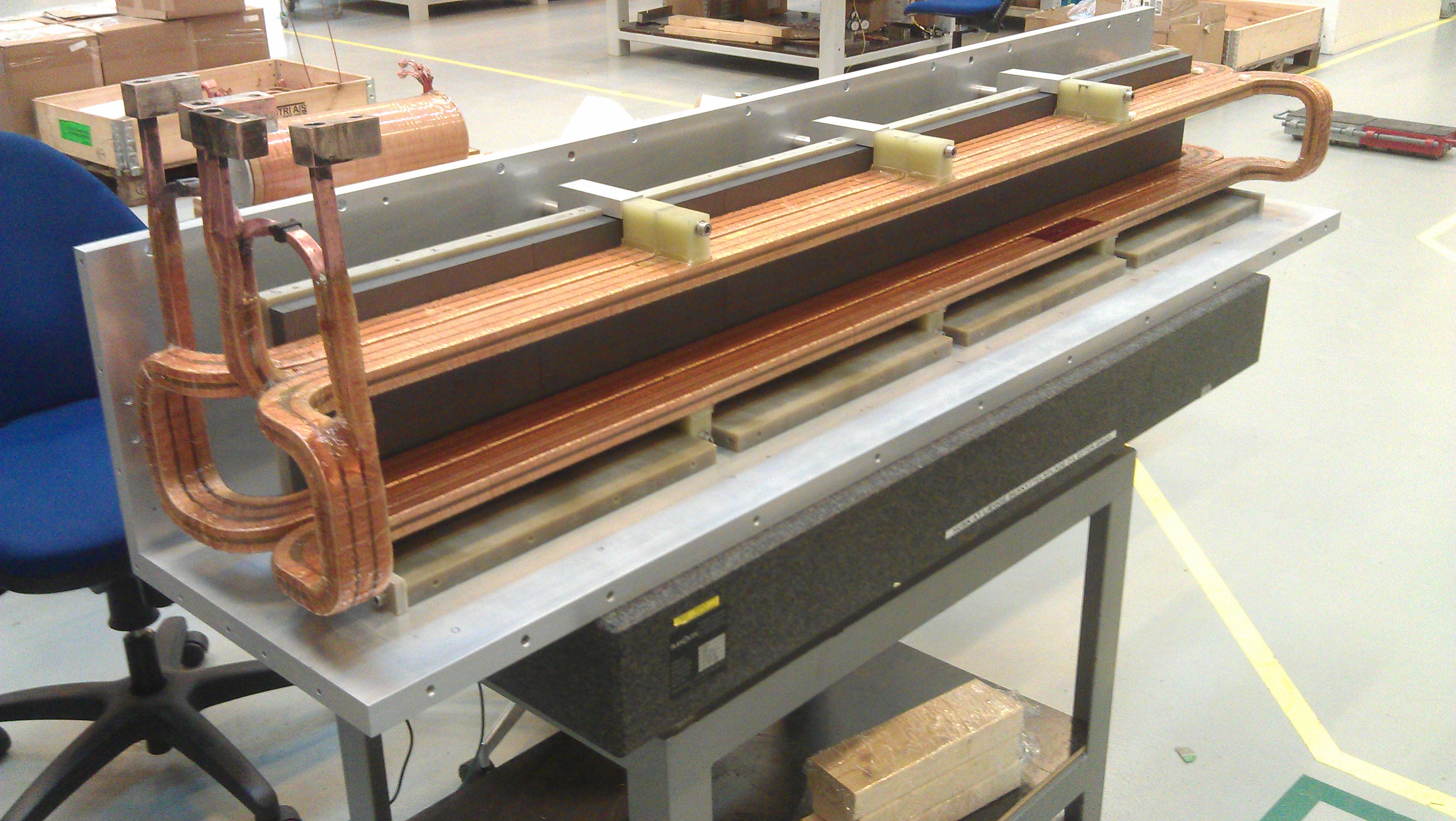
Image: the new kicker magnet under construction at Danfysik, in Denmark. The kicker magnet will deliver protons from the TRIUMF cyclotron to our ultracold neutron source.
Kickin' It Old School
Image: the new kicker magnet under construction at Danfysik, in Denmark. The kicker magnet will deliver protons from the TRIUMF cyclotron to our ultracold neutron source.
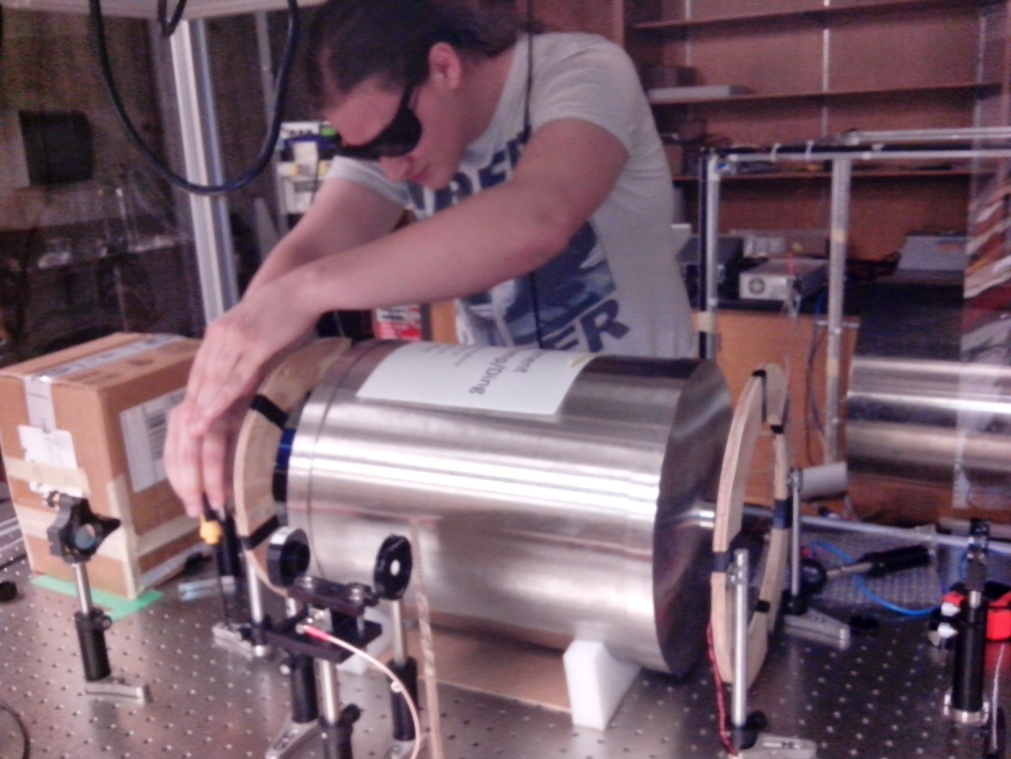
We developed a new magnetic sensor based on laser excitation of rubidium. And we used it to demonstrate a very large magnetic shielding factor for our newly designed magnetic shields. The results were reported in Nuclear Instruments and Methods in Physics Research.
Read the paper here.
The Best Magnetically Shielded Room until 2014 was the BMSR-2 in Berlin, Germany. Like our laboratory, the BMSR-2 is used to perform research on magnetic fields. In its honour, we call our magnetic shield the BMSTIW (Best Magnetically Shielded Tube in Winnipeg).
Best Magnetically Shielded Tube
We developed a new magnetic sensor based on laser excitation of rubidium. We used it to demonstrate a very large magnetic shielding factor for our newly designed magnetic shields. The results were reported in Nuclear Instruments and Methods in Physics Research.
<< Previous 1 2 3 4 5 6 Next >>
